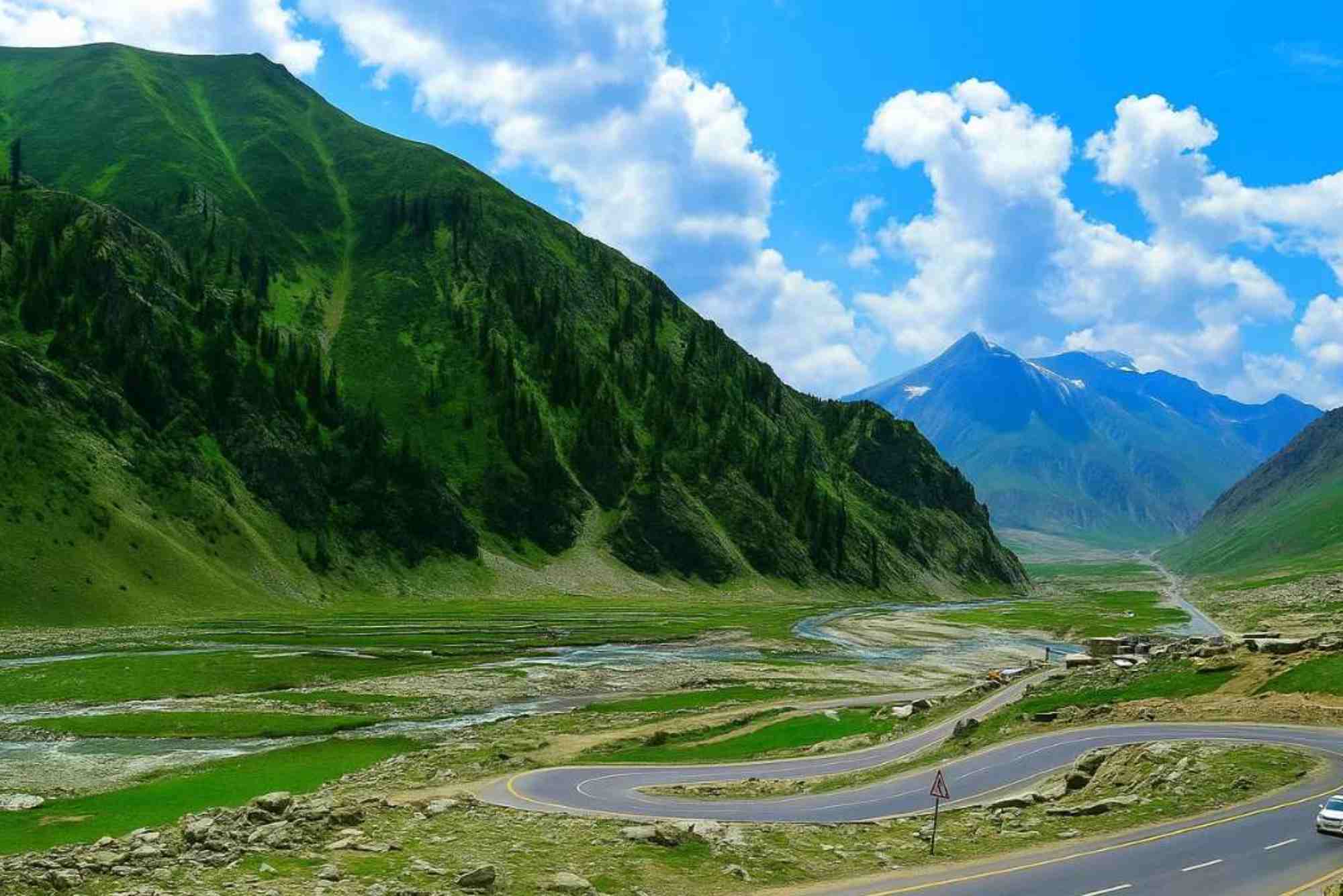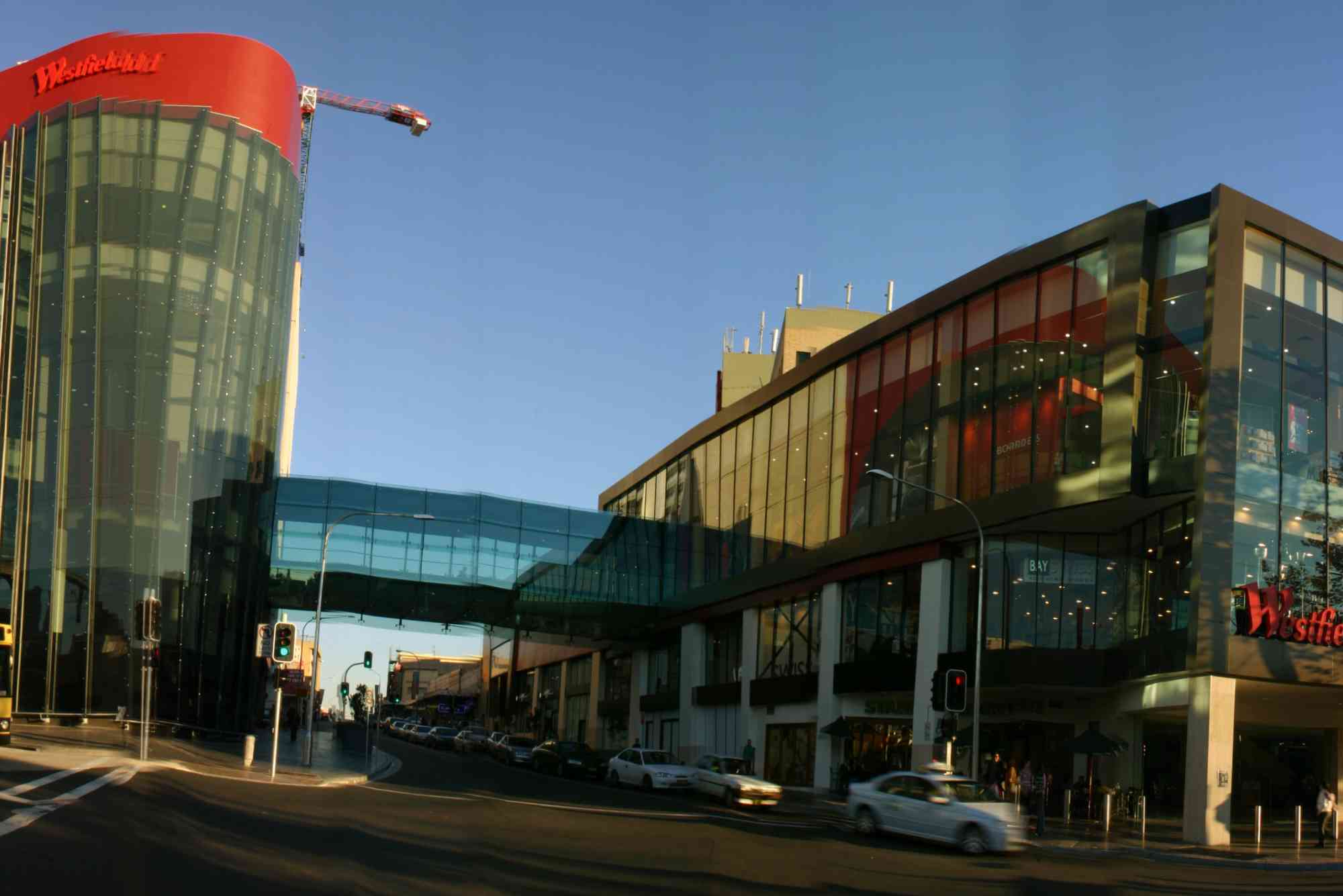Introduction
Walking through historic streets can feel like stepping into a living museum, where every corner tells a story. UNESCO lanes, designated for their cultural or architectural significance, offer a unique glimpse into a city’s heritage. Today, many of these lanes have been adapted for all-weather browsing, allowing visitors to explore comfortably regardless of the season. From cobbled streets to hidden courtyards, these lanes provide an experience that is both immersive and accessible. This guide will help you navigate UNESCO lanes while maximizing comfort and enjoyment.
Understanding UNESCO Lanes
UNESCO lanes are streets, alleys, or neighborhoods officially recognized for their outstanding universal value. These areas often preserve historic architecture, traditional crafts, and cultural practices. They can be found in cities around the world, from the cobblestone lanes of Europe to ancient quarters in Asia. Their designation ensures preservation, but it also attracts tourism, necessitating enhancements like all-weather browsing facilities.
The Importance of Heritage Preservation
Heritage preservation goes beyond maintaining old buildings. It involves sustaining the lifestyle, traditions, and stories embedded in these lanes. UNESCO lanes act as cultural touchstones, offering locals and tourists a sense of continuity. Preservation also promotes sustainable tourism, which is crucial for cities balancing growth and conservation. Modern interventions, such as retractable awnings, heated walkways, or covered arcades, allow visitors to enjoy these lanes year-round without compromising their historic charm.
Enhancing Accessibility
Accessibility in UNESCO lanes is critical. Many lanes were not originally designed for modern infrastructure, posing challenges for mobility. Today, cities are implementing solutions like even pavement surfaces, ramps, and tactile guides. All-weather browsing infrastructure ensures that people of all ages and abilities can enjoy the historic streets, whether it’s a rainy afternoon or a sunny morning.
Exploring Lanes Across Continents
Each UNESCO lane carries a unique cultural signature. While some lanes are famous for architecture, others are celebrated for culinary experiences, art, or local crafts. All-weather browsing makes exploring them practical and enjoyable.
European Lanes: Timeless Charm
European cities offer some of the most picturesque UNESCO lanes. Narrow alleys, ornate facades, and centuries-old shops define their character. Cities like Venice, Bruges, and Prague have invested in all-weather facilities. Covered walkways protect tourists from rain, while subtle heating systems maintain comfort during winter months. Strolling these lanes, you can enjoy artisan stores, cafes, and galleries without worrying about weather disruptions.
Asian Lanes: Culture and Vibrancy
In Asia, UNESCO lanes often highlight vibrant cultural traditions. From the old quarters of Hanoi to the historic districts of Kyoto, these lanes are hubs of local life. Many streets feature shaded corridors, waterproofed walkways, and climate-adapted surfaces. Visitors can browse shops selling traditional crafts, taste regional delicacies, and observe daily rituals in a comfortable setting. All-weather adaptations ensure that the vibrant colors and intricate details of these lanes remain visible, even during monsoon or extreme heat.
Middle Eastern and African Lanes: Heritage Meets Modernity
Middle Eastern and African cities combine historic lanes with modern enhancements. Ancient souks and caravan routes often intersect with UNESCO-designated streets. All-weather browsing solutions, such as retractable canopies and natural ventilation systems, allow tourists to explore without disrupting the atmosphere. These lanes offer a multisensory experience, from aromatic spice markets to intricately carved architecture, all accessible throughout the year.
The Role of Technology in All-Weather Browsing
Technology has transformed how visitors interact with UNESCO lanes. Digital guides, augmented reality apps, and interactive kiosks enhance understanding while minimizing physical contact with delicate surfaces. Smart weather-responsive shelters, solar-powered lighting, and automated drainage systems help maintain these lanes in peak condition, regardless of environmental challenges. By integrating technology with preservation, cities can provide a seamless visitor experience while protecting heritage sites.
Digital Interpretation
Digital interpretation allows visitors to gain insights without extensive signage. QR codes and mobile apps can provide historical context, architectural details, and cultural anecdotes. This reduces clutter in UNESCO lanes and maintains aesthetic authenticity while giving visitors meaningful engagement.
Smart Infrastructure
All-weather browsing is made practical through smart infrastructure. Sensors detect rainfall and activate protective covers. Heated surfaces prevent icy patches during winter. Solar-powered lights illuminate evening strolls safely, enhancing both comfort and security. These subtle interventions make exploring UNESCO lanes a year-round pleasure without undermining their historic essence.
Sustainable Tourism in UNESCO Lanes
Sustainability is central to the future of UNESCO lanes. All-weather browsing not only improves visitor experience but also protects the environment. Paving with permeable materials, reducing artificial energy consumption, and managing visitor flow help preserve lanes for future generations. Encouraging mindful tourism ensures that lanes remain vibrant cultural spaces rather than turning into overcrowded commercial zones.
Balancing Tourism and Conservation
Preserving the integrity of UNESCO lanes requires a delicate balance. Heavy foot traffic and environmental wear can damage historic surfaces. All-weather adaptations, such as elevated walkways or covered paths, help minimize stress on delicate structures. Tour operators and city planners can guide tourists through less congested routes, ensuring that everyone enjoys the experience while contributing to conservation.
Supporting Local Communities
UNESCO lanes often sustain local artisans, shopkeepers, and cultural performers. Encouraging visitors to browse local products, attend workshops, and participate in cultural events strengthens the social fabric of these neighborhoods. All-weather browsing makes these activities accessible year-round, increasing economic resilience for communities dependent on tourism.
Tips for Visiting UNESCO Lanes
Visiting UNESCO lanes requires thoughtful planning to maximize enjoyment and respect for heritage.
Plan Your Route
Even lanes with all-weather facilities can be vast and intricate. Mapping a route in advance ensures you see key highlights without missing hidden gems. Start at main entry points, then explore branching alleys and courtyards for a more authentic experience.
Dress Appropriately
Comfortable clothing and footwear are essential. Weather-responsive lanes reduce exposure risks, but raincoats, hats, or layered clothing ensure that visitors can explore freely.
Engage with Local Culture
Talk to artisans, shopkeepers, and guides. UNESCO lanes often host interactive workshops and live demonstrations. Observing or participating in traditional crafts or culinary activities enriches the experience and deepens cultural appreciation.
Respect the Space
Follow local rules, avoid touching fragile objects, and maintain cleanliness. All-weather facilities are designed to protect both visitors and the heritage itself. Your mindful participation helps maintain these lanes for generations to come.
UNESCO lanes with all-weather browsing bring place history to life, offering a unique combination of cultural immersion and modern convenience. By enhancing accessibility, integrating technology, and promoting sustainable tourism, cities have created spaces that celebrate heritage while ensuring visitor comfort. Whether you are a casual tourist or a cultural enthusiast, exploring these lanes allows you to witness history, art, and community in motion. Plan your visit thoughtfully, engage with local culture, and experience the lanes in all seasons. For more tips on unique cultural explorations and travel planning, visit Travels Flax.
Call to Action: Embark on a journey through UNESCO lanes today, and let history and culture guide your footsteps. Plan your trip now for an unforgettable all-weather experience.
FAQs
What are UNESCO lanes?
UNESCO lanes are streets or neighborhoods recognized for their cultural or historical significance, protected for their universal value.
Can I visit UNESCO lanes in any weather?
Yes, many lanes now feature all-weather browsing facilities like covered walkways, heated paths, and drainage systems.
Are UNESCO lanes accessible for people with mobility issues?
Most modernized lanes incorporate ramps, even surfaces, and tactile guides to ensure accessibility for everyone.
Do UNESCO lanes have shops and local markets?
Yes, they often feature artisanal shops, cultural workshops, and local food vendors, enhancing the visitor experience.
How can I explore UNESCO lanes responsibly?
Respect local customs, avoid touching fragile structures, follow marked paths, and support local businesses to ensure sustainable tourism.




